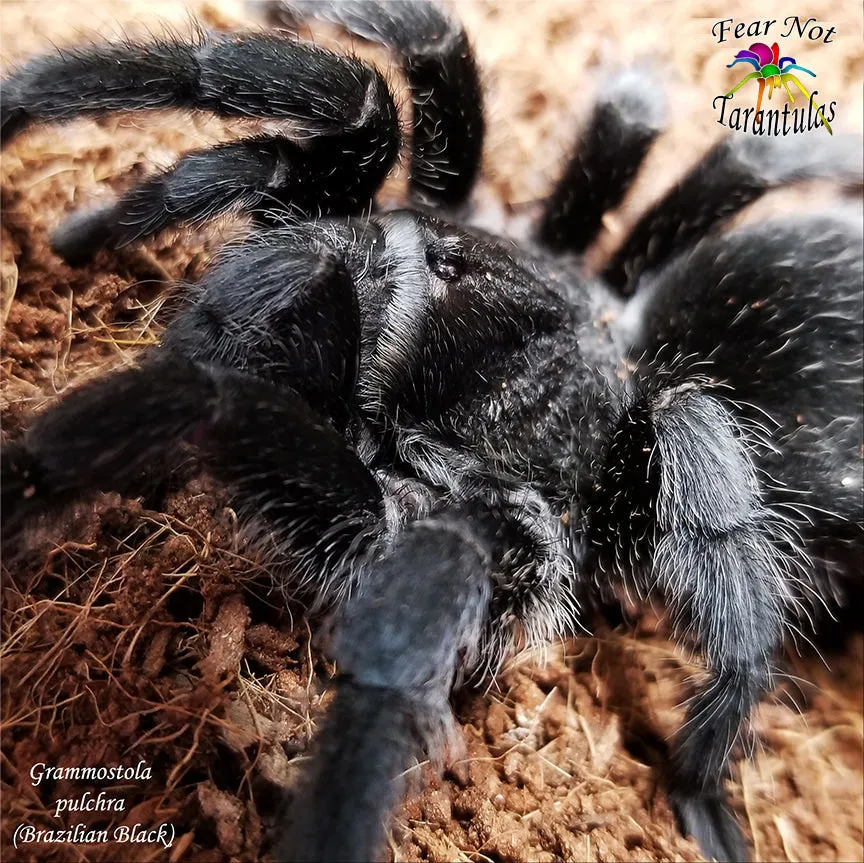Why Beginner Tarantula Species Matter
Embarking on the journey of tarantula ownership can be an exciting experience, but it is crucial to start with species that are well-suited for beginners. Choosing the right tarantula can significantly impact your experience, making it enjoyable and rewarding rather than overwhelming. Beginner-friendly species typically possess characteristics that make them easier to care for, handle, and observe. These spiders are often more docile, less prone to defensive behaviors like biting or kicking urticating hairs, and more tolerant of slight variations in their care requirements. Selecting a suitable beginner species is not only about the ease of care, it is about setting yourself up for success and fostering a positive relationship with your new pet. This initial positive experience will build your confidence and passion for tarantulas, encouraging you to explore the fascinating world of arachnids further.
Temperament and Handling
Temperament is a critical factor to consider when choosing a beginner tarantula species. Some species are naturally more docile than others, displaying a calm demeanor and a lower likelihood of defensive behaviors. Understanding the temperament of a tarantula can influence your comfort level and the safety of handling. While handling is not strictly necessary for tarantula care, it is sometimes required for maintenance. It is wise to choose a species known for its calmness and predictability. Remember that tarantulas are generally not ideal pets to handle frequently because it can cause stress, so observe the spider in its natural habitat.
Understanding Tarantula Behavior
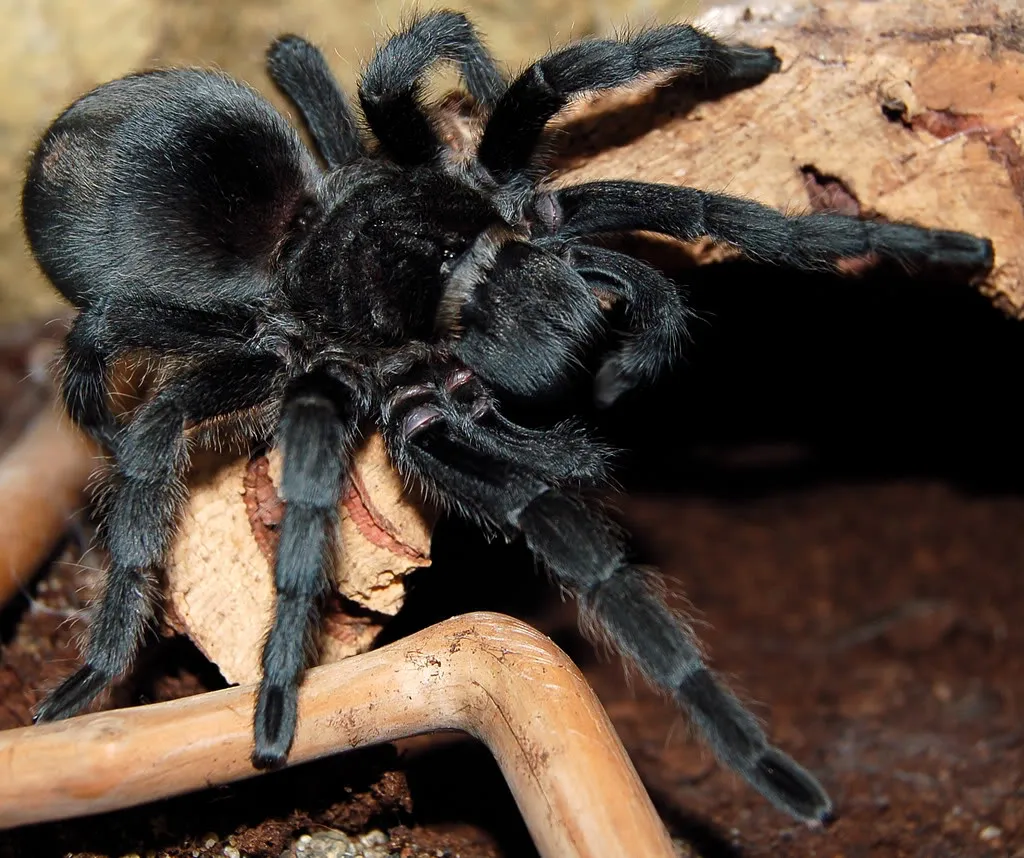
Tarantulas communicate through their behavior. They may flick hairs when feeling threatened or raise their front legs in a defensive posture. It is also important to study and understand the behavior of the species to know its specific personality. This will make it easier for you to understand their needs and act accordingly. The better you can understand the spider’s mood, the better you are equipped to deal with any problems that arise.
Choosing a Docile Species
Docile species are usually slower moving and more tolerant. Their temperament allows for a less stressful interaction. Be mindful that every tarantula is an individual, and their behavior can vary. It’s best to do your research, choose species known for their calm demeanor, and always approach handling with caution, even with the most docile species.
The Top 5 Beginner Tarantula Species
1. The Chilean Rose Hair Tarantula
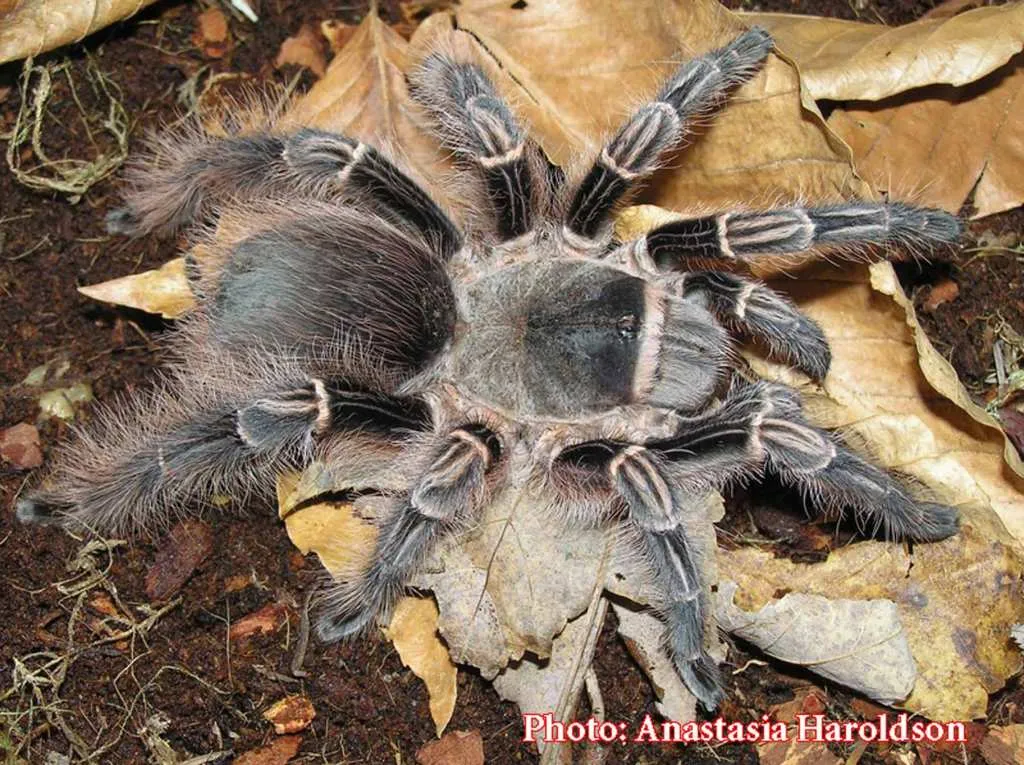
The Chilean Rose Hair (Grammostola rosea) is a popular choice for beginners, known for its docile temperament and relatively slow movements. They are also known as the rose-haired tarantula. These tarantulas are generally easy to care for, making them a perfect first pet. Their lifespan is reasonable, allowing for many years of enjoyment. They are also quite beautiful, with their namesake rose-colored hairs. They are also more tolerant of temperature fluctuations.
Appearance and Habitat
Chilean Rose Hairs are medium-sized tarantulas, typically growing to around 5-6 inches in leg span. They have a brown to tan coloration with reddish hairs. These spiders are terrestrial, meaning they spend most of their time on the ground. A simple terrestrial setup is ideal, including a hide, substrate, and water dish. Provide them with a secure enclosure to help them feel safe.
Care and Maintenance
These tarantulas are known for their ease of care. They do not require high humidity and can thrive in a moderately dry environment. Feeding them a couple of times a week with appropriately sized insects is usually sufficient. They do not require any special lighting or heating. Their low maintenance makes them a great choice for first-time tarantula owners. Always provide fresh water and remove any uneaten food to prevent the growth of mold.
2. The Mexican Red Knee Tarantula
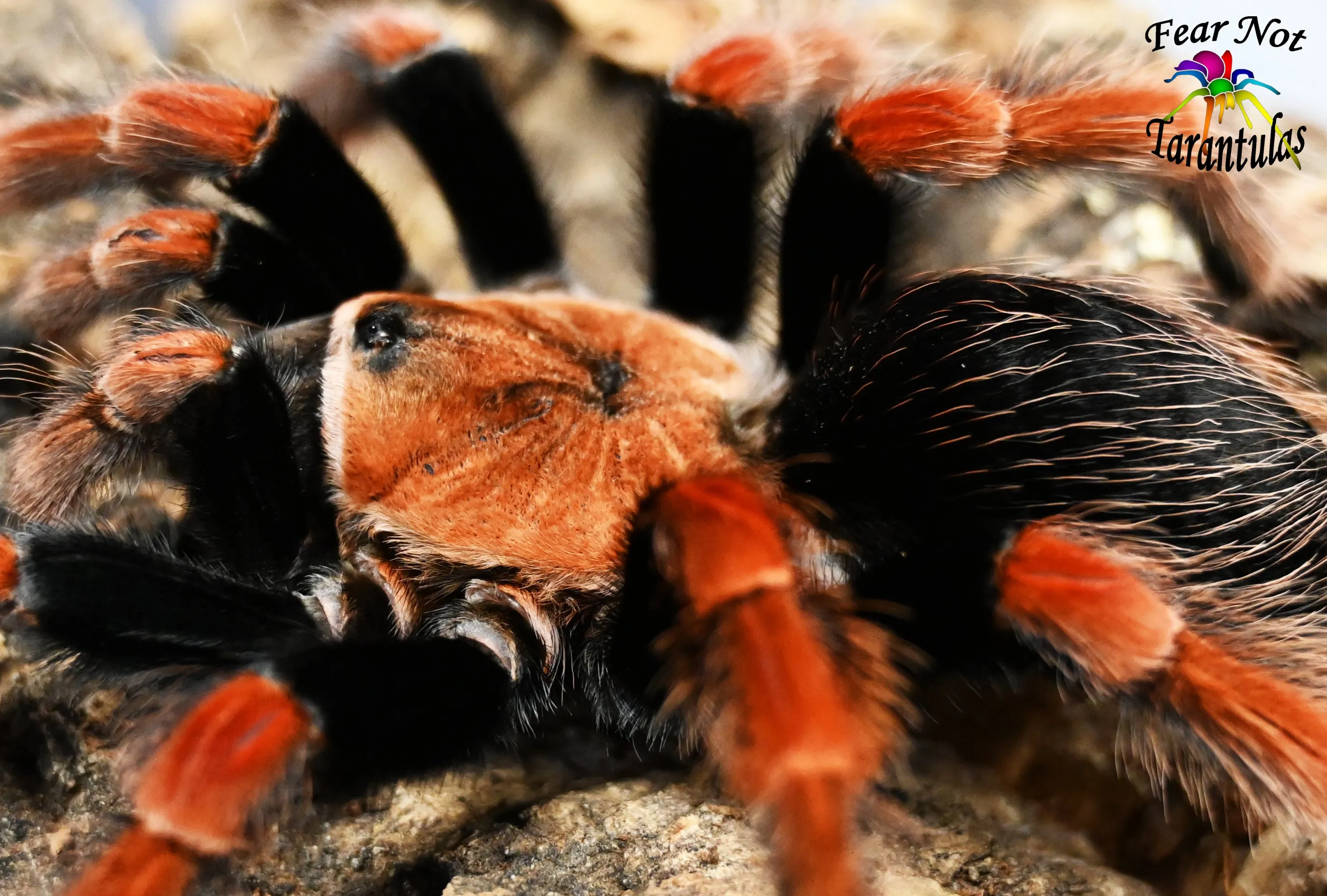
The Mexican Red Knee (Brachypelma hamorii) is another highly recommended beginner species, famous for its striking appearance and generally calm demeanor. Their striking black and orange coloration makes them visually appealing, and their manageable size makes them easy to house. Although they can be a bit skittish, they are not known to be overly aggressive and are generally docile. They make a great showpiece in any room.
Distinctive Features
These tarantulas are easily recognizable by their black bodies and vibrant red/orange bands on their legs. The combination of colors makes them one of the most beautiful species. Their legs are the most distinguishing factor. The combination of colors also makes it very easy to identify. They are medium to large tarantulas, with females reaching up to 6 inches in leg span.
Environmental Needs
Mexican Red Knees need a terrestrial setup with a hide, a water dish, and a substrate of about 4-6 inches. They prefer a slightly drier environment, so avoid excessive humidity. Maintain a temperature of 75-85°F, which is easy to do. Avoid drastic temperature fluctuations to keep them happy. Clean the enclosure regularly to keep the environment clean.
3. The Pinktoe Tarantula
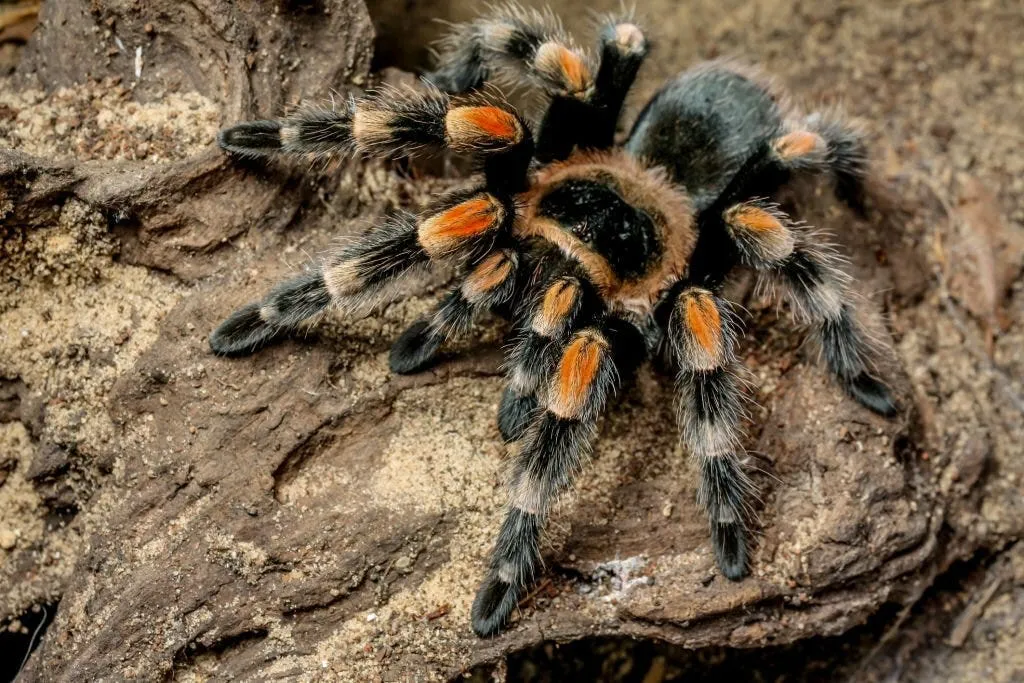
The Pinktoe tarantula (Avicularia avicularia) presents a unique choice for beginners who are looking for a more arboreal species. With their beautiful colors, these tarantulas are known to be very docile. They are fast and skittish, but are not considered aggressive. They are the most active out of the ones listed.
Arboreal Lifestyle
Pinktoes spend most of their time in trees or high in their enclosures. They prefer vertical space to horizontal space. They use their specialized foot pads to climb. Setting up a vertical terrarium with branches, cork bark, and artificial foliage is important to mimic their natural habitat. The more the better.
Humidity and Enclosure
High humidity is a must for these tarantulas, so mist the enclosure a few times a week to maintain about 70-80% humidity. They require good ventilation to prevent mold and keep the air fresh. The enclosure should have a secure top to prevent escape.
4. The Curly Hair Tarantula
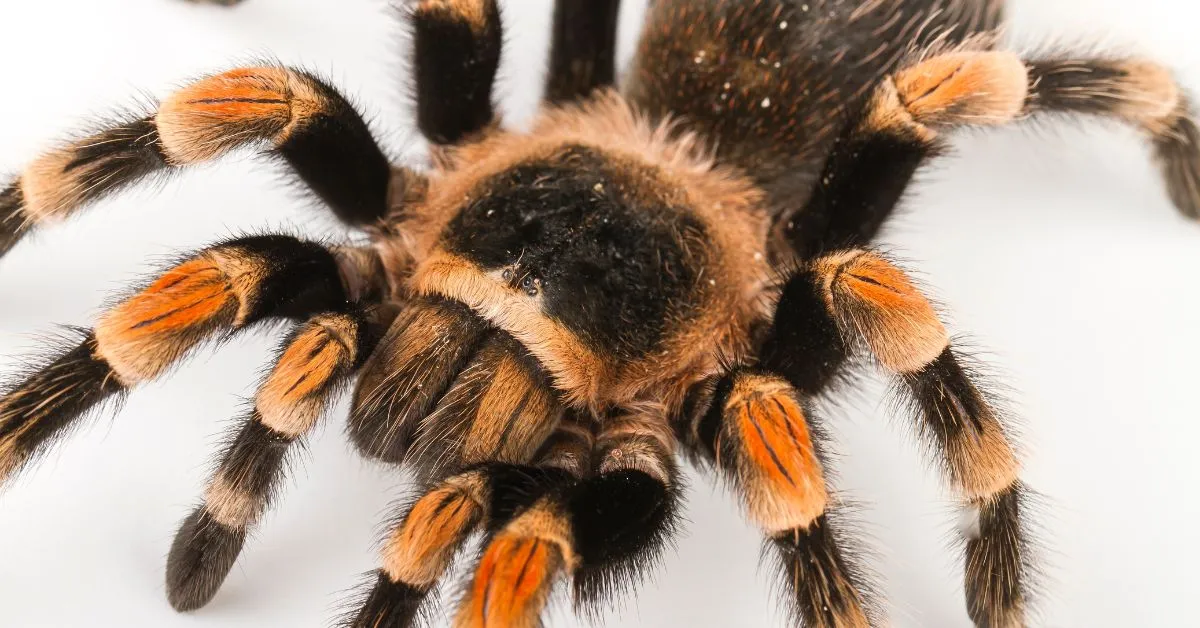
The Curly Hair Tarantula (Tliltocatl albopilosus) is known for its docile nature and the unique curly hairs that give it its name. They are very hardy. They are great for beginners due to their relatively low care requirements. Their striking appearance and easy-going personality makes them a popular choice.
Unique Characteristics
These tarantulas have a dark brown body covered in long, curly hairs. They get the name from these hairs. The coloration can vary depending on the individual. These hairs create a textured appearance. Females can reach up to 6 inches in leg span.
Dietary Needs
Curly Hair Tarantulas are not picky eaters, making them great for beginners. They will eat a variety of insects. Feed them crickets, mealworms, or roaches, depending on their size. Provide food a couple of times a week and adjust portions accordingly. Avoid overfeeding to keep them happy.
5. The Brazilian Black Tarantula
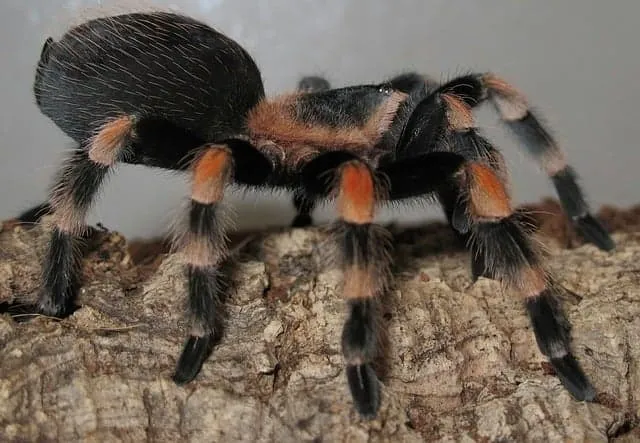
The Brazilian Black Tarantula (Grammostola pulchra) is another excellent choice for beginners. These tarantulas are known for their all-black coloration. They are a very calm and docile species and are good for new owners. They are slow-moving.
Appearance and Personality
They are known for their completely black bodies. The all-black appearance is very striking. They are typically docile and easy to handle. They are known for their calm demeanor. These spiders are generally slow-moving.
Feeding and Care
Brazilian Blacks are relatively easy to care for, needing standard terrestrial setups. They also like to eat a variety of insects, similar to others. Their care requirements are generally low. Provide a shallow water dish. They do best in moderate humidity. These spiders are a great choice for beginner keepers.
Essential Care Tips for Beginner Tarantulas
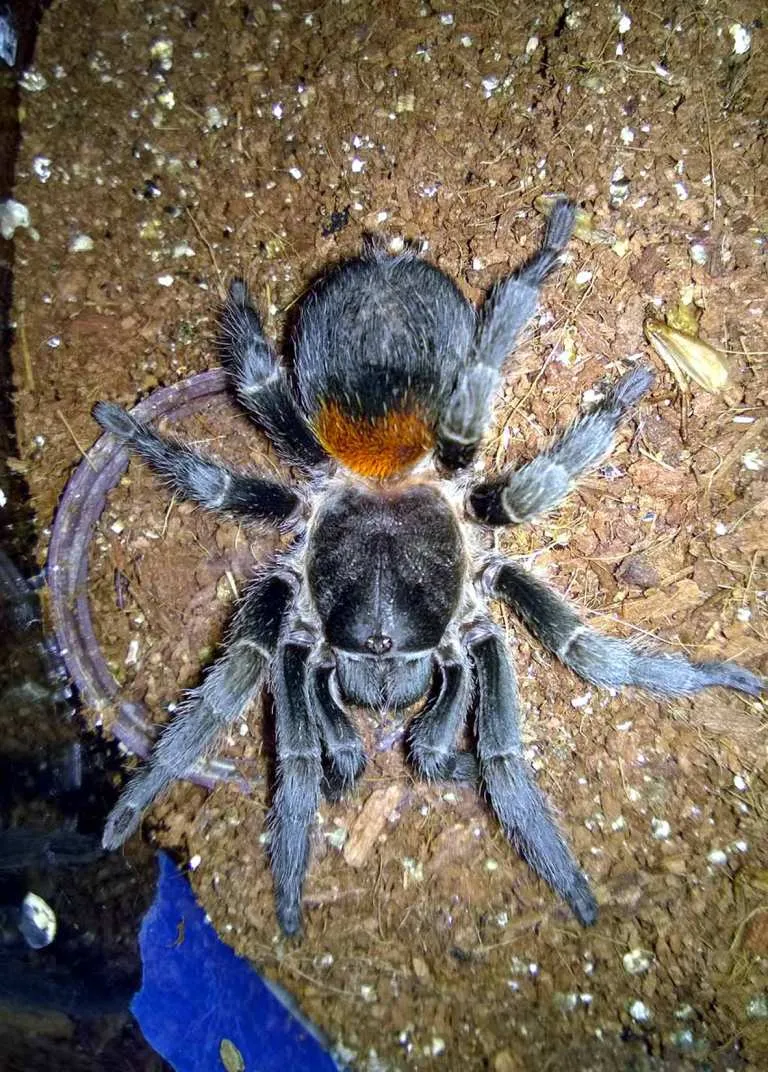
Creating the Ideal Enclosure
Setting up the right enclosure is crucial for your tarantula’s well-being. It should be the right size for the species. Provide a substrate that holds moisture and allows the tarantula to burrow. Add a hide, such as a piece of cork bark, to offer security. Maintain a temperature range appropriate for the species. Be certain to provide a water dish that’s always full. The perfect enclosure is the key to a long and happy life.
Substrate and Decor
The substrate should allow the tarantula to burrow and feel secure. It should also help to maintain proper humidity levels. Use a substrate that does not contain any pesticides or chemicals. Place a hide, such as a piece of cork bark or a plastic hide, to give your tarantula a place to retreat and feel safe. Include some artificial plants to create a more natural environment.
Temperature and Humidity
Maintaining the correct temperature and humidity is essential for a tarantula’s health. Research the specific needs of the species. Use a thermometer and hygrometer to monitor the conditions. Most terrestrial species do well in a temperature range of 70-80°F. Humidity levels vary depending on the species, but most can thrive in moderate humidity levels. You should make sure the tarantula is comfortable.
Feeding Your Tarantula
Feeding is a significant part of caring for your tarantula. Most tarantulas eat live insects. The frequency and type of insects will vary. It’s important to understand the nutritional needs of the tarantula. Be careful not to overfeed your tarantula.
Choosing the Right Food
The most common food items are crickets, mealworms, and roaches. The size of the food should be appropriate for the size of your tarantula. Avoid feeding wild-caught insects. They may carry parasites or pesticides. The diet of a tarantula is also important to consider.
Feeding Frequency
Feeding frequency depends on the age and the species. Generally, juveniles need to be fed more often than adults. Feed juveniles once or twice a week. Adults can be fed every one to two weeks. The frequency should be adjusted depending on the tarantula’s condition.
Handling and Safety
Handling tarantulas should be approached with caution. Many species are docile and may not bite, but it is best to avoid handling your tarantula. If handling is necessary, do it close to the ground or a soft surface. Never force the tarantula to move. Handle your tarantula with caution, respect, and care.
Minimizing Risks
Always wash your hands thoroughly before and after handling your tarantula. Be careful to avoid any sudden movements or loud noises. Never handle the tarantula if you are nervous. Do not handle the tarantula if you are not sure how to do so. Always respect the spider.
Recognizing Stress Signs
Recognizing stress signs is important for the well-being of your tarantula. If your tarantula flicks its hairs, it is a sign of stress. A defensive posture means the tarantula feels threatened. A tarantula that isn’t eating may be stressed or sick. The tarantula is not a fan of being handled.
